
Pocket Apothecary: 5 Herbs You Should Carry for Everyday Emergencies
Your Personal First-Aid Kit Just Got a Natural Upgrade
Picture this: You’re stuck in traffic when a tension headache creeps in. Your stomach starts churning during an important meeting. You nick your finger while cooking dinner. Or maybe anxiety hits you out of nowhere while you’re running errands.
What if you could handle these everyday emergencies without rushing to the pharmacy?
This is where you build your own pocket apothecary – a small collection of herbal remedies people have used for centuries. And before you roll your eyes, these aren’t just old wives’ tales. Modern research backs up what people figured out long ago: some herbs actually work.
You can carry these anywhere. Put a small tincture bottle in your bag, keep tea bags in your desk, or just carry dried herbs in a little pouch.
Here are five herbs that research shows can help with everyday problems. No pharmacy needed.
1. Lavender – Your Pocket Calm and First Aid Kit
You probably know lavender for its relaxing smell, but it’s actually a solid choice for anxiety emergencies. When you’re stressed or panicky, just inhaling lavender oil from a small bottle or putting a few drops on a tissue can help steady your nerves. Studies show that breathing in lavender essential oil actually reduces anxiety levels – some research even found oral lavender oil works as well as low-dose anxiety medications.
But lavender does more than calm you down. You can also use it as a mini first aid remedy. It naturally fights germs and reduces inflammation, so you can dab diluted lavender oil on small cuts, bug bites, or minor burns to clean and soothe them. Research suggests it might even help wounds heal faster by boosting collagen production.
This makes lavender perfect for your pocket kit. It handles both mental stress and physical scrapes.
My Personal Lavender Hack: I actually make my own little lavender pouches – just dried lavender in a small cloth sack that lets the scent through but keeps everything contained. I always have one in my bag because it makes everything smell amazing, but more importantly, whenever I’m feeling anxious or stressed (or even just having a rough day), I pull it out and take a deep breath for about a minute. It’s like hitting a reset button on my mood. Seriously, it works every time.
If you want to see how you can make one as cheap as possible and avoid anti-stress meds, here’s the video that taught me how to do it.
The Real-Life Test: Just last week, I grabbed a hot pot handle without thinking and burned my palm pretty badly. Instead of panicking or running to the store for burn cream, I immediately reached for my Lavander Skin Salve. Within minutes, the pain started subsiding, and by the next day, you could barely tell it happened.
This little tin has become my go-to for everything. Cuts, scratches, insect bites, burns, even dry cracked skin. It’s packed with lavender, yarrow, arnica, calendula, and other healing herbs that actually work. I never leave home without one in my bag because honestly, life happens, and when it does, you want something that can handle whatever gets thrown at you.
If you’re serious about having a natural first-aid solution that actually works, this salve is a must-have. Trust me, you’ll use it more than you think. Check it out HERE.
2. Peppermint – Your Go-To for Headaches and Stomach Issues
When a tension headache hits while you’re out, peppermint oil rubbed on your temples can actually help. Clinical studies back this up – topical peppermint oil works better than placebo for tension headaches. The menthol creates a cooling effect that relaxes tight muscles and improves blood flow in your forehead. Keep a small bottle of peppermint oil or strong peppermint balm handy for quick headache relief.
Peppermint also works great for stomach problems. Sipping peppermint tea or inhaling peppermint oil from a tissue can settle nausea, indigestion, or motion sickness. A 2024 study review found that inhaling peppermint oil significantly reduced nausea and vomiting in chemo patients – so it’ll definitely help with everyday stomach upset from travel or bad food. Peppermint relaxes stomach spasms too, which is why doctors recommend it for conditions like IBS.
You can even use cooled peppermint tea bags as a compress for itchy skin or mild rashes. It’s basically a two-in-one solution for head and stomach emergencies.
3. Ginger – Your Nausea Fighter and Pain Reliever
If you get motion sick or deal with sudden nausea, you need ginger in your pocket. You can carry it as candied ginger, ginger chews, or tea crystals – all work great when you’re on the go. Research backs up what people have known for ages: ginger really does stop nausea. Studies show it helps with morning sickness during pregnancy, post-surgery nausea, and even some chemotherapy-related nausea. While motion sickness studies are mixed, tons of travelers swear by ginger for settling queasy stomachs.
But ginger does more than calm your stomach. It’s also a natural anti-inflammatory and pain reliever thanks to compounds like gingerol. This means ginger might help with joint stiffness or muscle soreness after a long day. Some people use ginger tea or ginger compresses for migraine headaches or arthritis pain.
Just remember: ginger is safe in normal amounts, but high doses can thin your blood. So use it wisely, especially if you take blood thinners or have surgery coming up.
4. Chamomile – Your Gentle Stress and Stomach Soother
You might think of chamomile as just bedtime tea, but this flower is actually a mild sedative, anti-anxiety herb, and anti-inflammatory all rolled into one. When stress or irritability hits during the day, chamomile can help steady your mood. Studies on people with generalized anxiety disorder found that chamomile extracts led to meaningful improvements in anxiety symptoms compared to placebo. Research also shows it can improve sleep quality over time, so keeping a few chamomile tea bags or a small tincture handy can help you handle frazzled nerves or rough days.
Chamomile also soothes stomach problems. It has antispasmodic properties that can relieve cramps, gas, or indigestion by relaxing your gut muscles. Herbalists and doctors often recommend chamomile tea for upset stomachs or menstrual cramps because it’s so safe and effective. Some evidence suggests it might even fight H. pylori (the bacteria that causes ulcers) and reduce bloating.
You can also use chamomile topically – cooled chamomile tea works as a gentle wash for minor skin irritations or tired eyes thanks to its anti-inflammatory and antimicrobial properties. It’s basically like a natural, gentle antiseptic wash.
Why I Grow My Own Chamomile: After years of buying chamomile tea from stores, I realized I had no idea what I was actually getting. Was it sprayed with pesticides? Did it grow next to a busy road soaking up exhaust fumes? How long had it been sitting on shelves losing its potency?
That’s when I decided to grow my own. Now I have complete control over the quality – no chemicals, no contaminants, just pure, potent chamomile that I harvest at peak freshness. The difference in effectiveness is honestly night and day. Plus, there’s something satisfying about stepping into your backyard and picking your own remedy instead of hoping what you buy at the store actually works.
If you want the strongest, cleanest chamomile possible, growing your own is the only way to guarantee it. Check out these chamomile seeds – they’re the same variety I grow in my own garden.
5. Yarrow – Nature’s Emergency Bandage
When you get a cut, scrape, or any bleeding wound, yarrow is the herb you’ll want to have with you. People call it “nature’s bandage” because it can actually stop bleeding and speed up wound healing. This isn’t just old folklore – a 2020 study showed that yarrow extract reduced bleeding time by about one-third with no toxic effects. Yarrow works as a natural blood clotter, plus it fights germs and reduces inflammation. That’s why it’s been used on battlefields for centuries when real bandages weren’t available.
You can carry a small pouch of dried, crumbled yarrow leaves or cotton pads soaked in yarrow tincture. When you get a cut, clean the wound first, then apply the yarrow to help stop the bleeding while you get proper medical care.
Yarrow does more than handle cuts though. You can drink it as tea during fevers and flu to promote sweating and recovery. It also strengthens circulation and relieves cramps. Some herbalists suggest a few drops of yarrow tincture can help with menstrual cramps or stomach pain in emergencies. Just remember – clean wounds properly first and get medical help for serious injuries.
The Yarrow Dilemma: You can forage yarrow almost anywhere – roadsides, meadows, even vacant lots. It’s got distinctive feathery leaves and flat-topped white flower clusters. But here’s the catch: yarrow has some dangerous lookalikes, especially poison hemlock, which can literally kill you. Plus, you need to harvest it at just the right time (when it’s flowering) for maximum potency.
Even if you nail the identification and timing, making your own tincture is a whole other challenge. You need the right alcohol percentage, proper ratios, weeks of extraction time, and constant monitoring. One wrong step and you’ve wasted weeks of work on something that might not even be effective.
I used to try making my own until I discovered Nicole’s Apothecary. She’s a PhD herbalist who lived with the San Bushmen and survived 57 days alone in the wilderness using plant medicine. Her Yarrow Tincture is incredibly potent, properly extracted, and honestly costs less than what I’d spend on materials to make my own inferior version.
Right now she’s offering 25% off when you buy 3 or more tinctures. If you want yarrow that actually works without the guesswork, this is your best bet.
Your Complete Pocket Apothecary
With these five herbs – lavender, peppermint, ginger, chamomile, and yarrow – you can handle most everyday health problems naturally. They cover stress, pain, digestion, wounds, and more.
Keep them in travel-friendly forms like diluted essential oils, tea bags, or small tinctures in clean, labeled containers. Use them responsibly, stick to normal amounts, and watch for allergies. While these herbs can really help in minor emergencies (and research backs up many traditional uses), they’re not replacements for real medical care in serious situations.
But for everyday bumps in the road when you’re out and about, your pocket apothecary can be a lifesaver. You’ll step out each day knowing you can take care of yourself naturally when small problems pop up.
From Pocket to Full Apothecary: Your Next Step
Your pocket apothecary is just the beginning. Once you start carrying these five herbs and see how they actually work, you’ll want more. You’ll want to stop handing over your hard-earned money to pharmacies for problems you can solve at home for pennies.
That’s exactly what happened to me. My little apartment apothecary became my happy place – shelves lined with labeled jars of remedies I made myself. When my kids get sick, I don’t panic or rush to the store. I walk to my kitchen, grab what I need, and handle it. When I have a headache, stomach issues, or can’t sleep, I have solutions right there.
Imagine making hundreds of remedies from common kitchen herbs and spices (plus a few uncommon gems). Remedies that work for you, your children, and your grandchildren – all for the cost of a fancy coffee. You follow the exact instructions, label everything properly, and suddenly you’re independent from the whole pharmacy system that’s been emptying your wallet for years.
The best part? Dr. Nicole Apelian (the herbalist who survived 57 days alone in the wilderness using only plants) compiled 250+ of these remedies in The Forgotten Home Apothecary. She went from being wheelchair-bound with MS to thriving – all using natural remedies she makes at home. No MS drugs for 20 years.
If you’re ready to build a real home apothecary that covers everything from “nature’s aspirin” to immune boosters to sleep remedies, this is your roadmap. Right now it’s 78% off and includes video tutorials so you can make them alongside her. Click here to check it out.









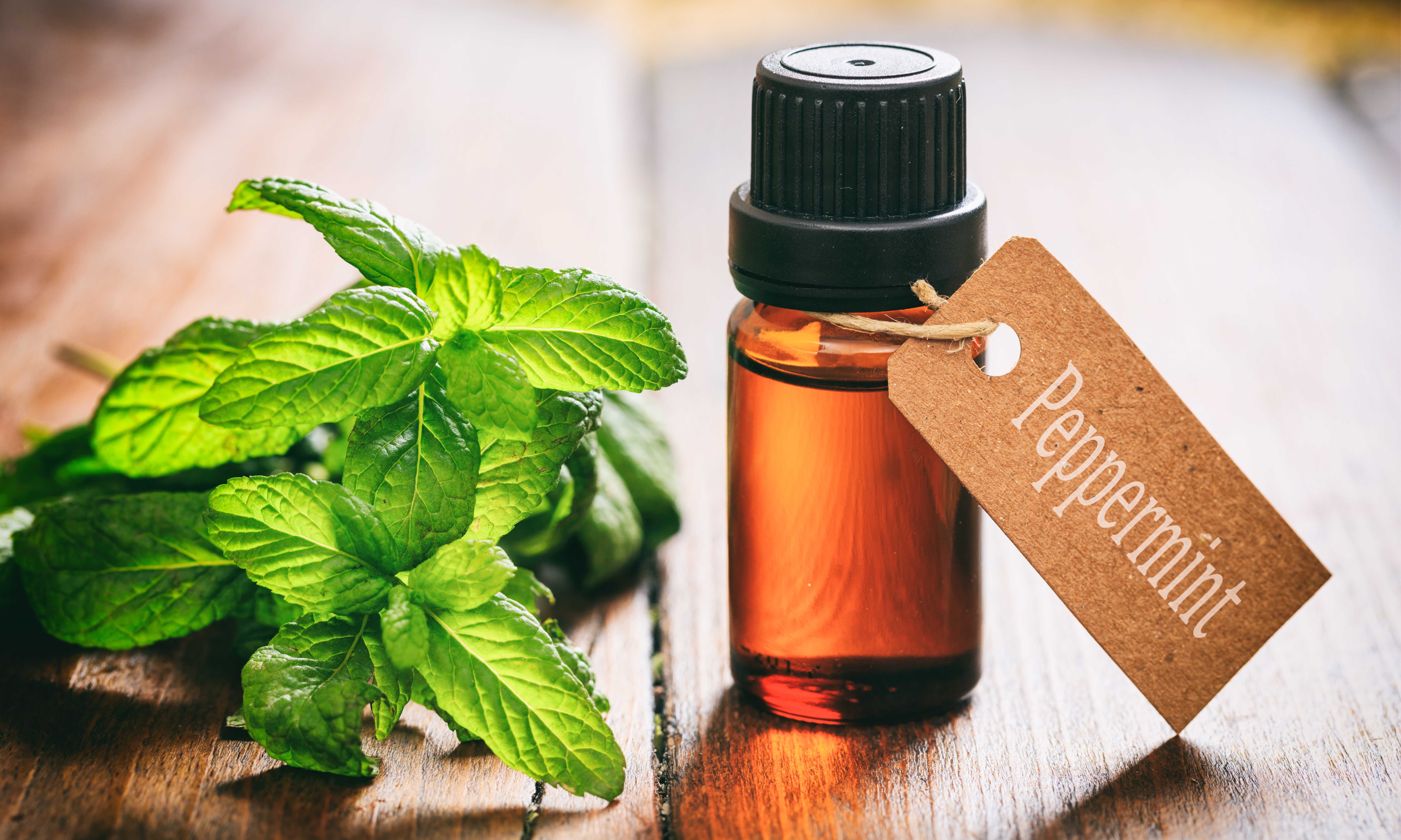
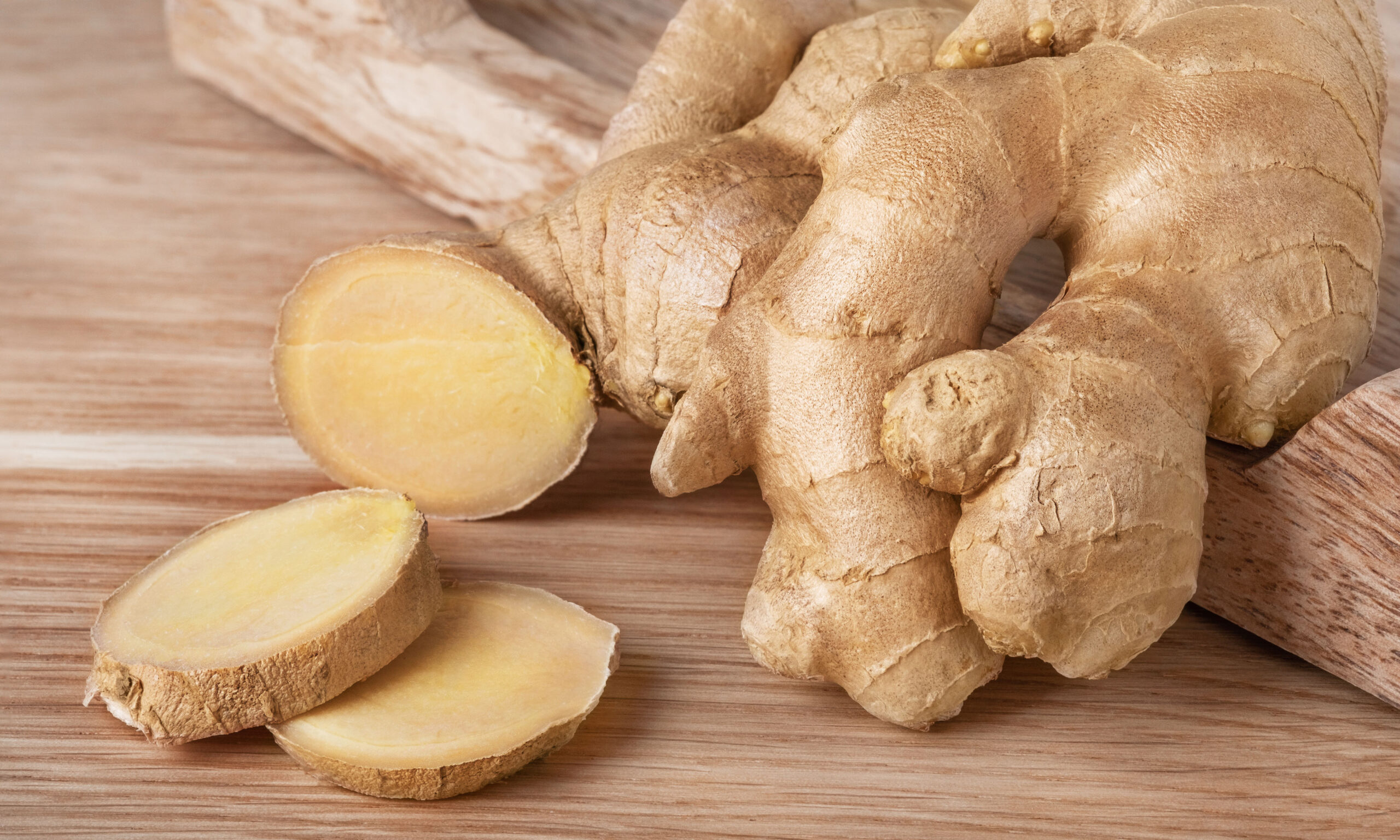


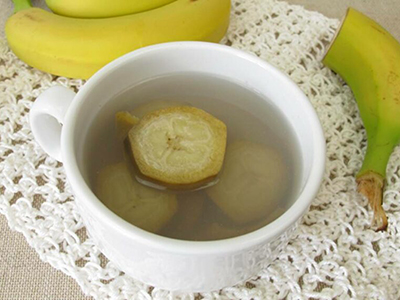

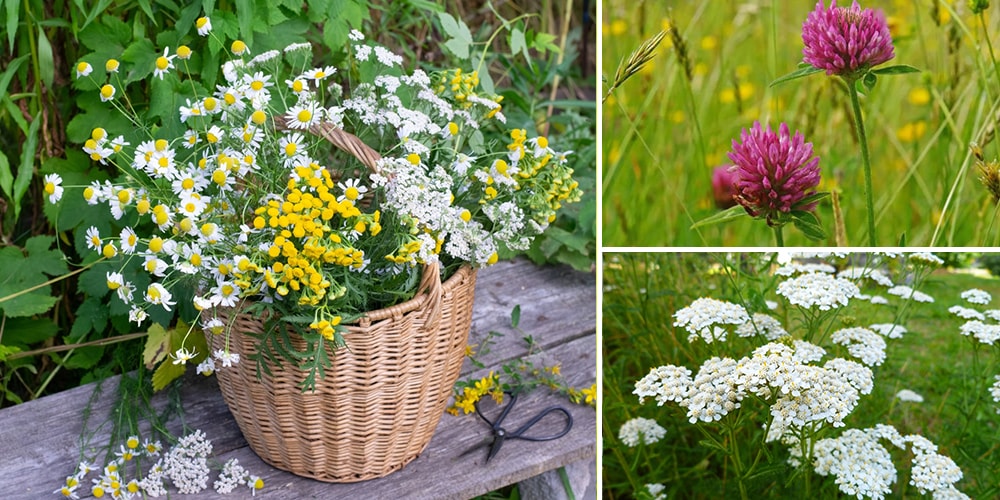
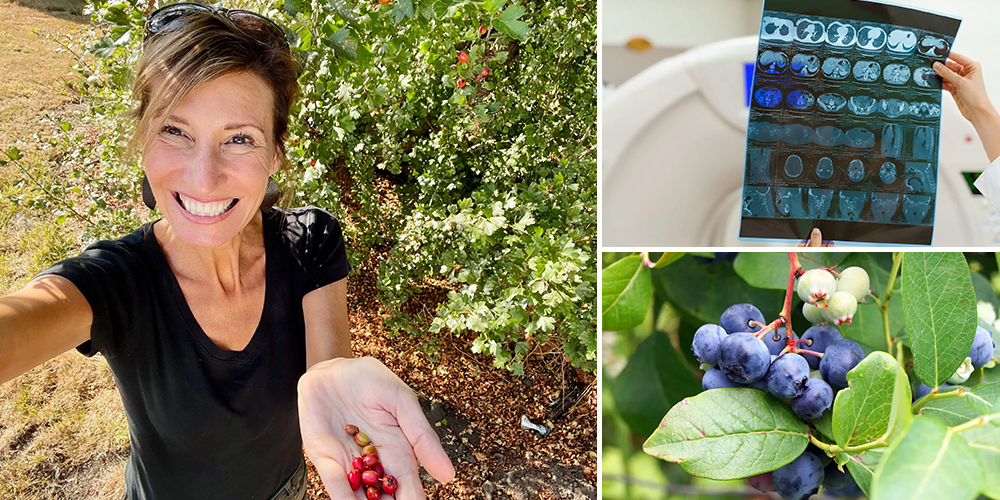
How do I help my husband with Tinnitus?
Sincerely Donna Sisk